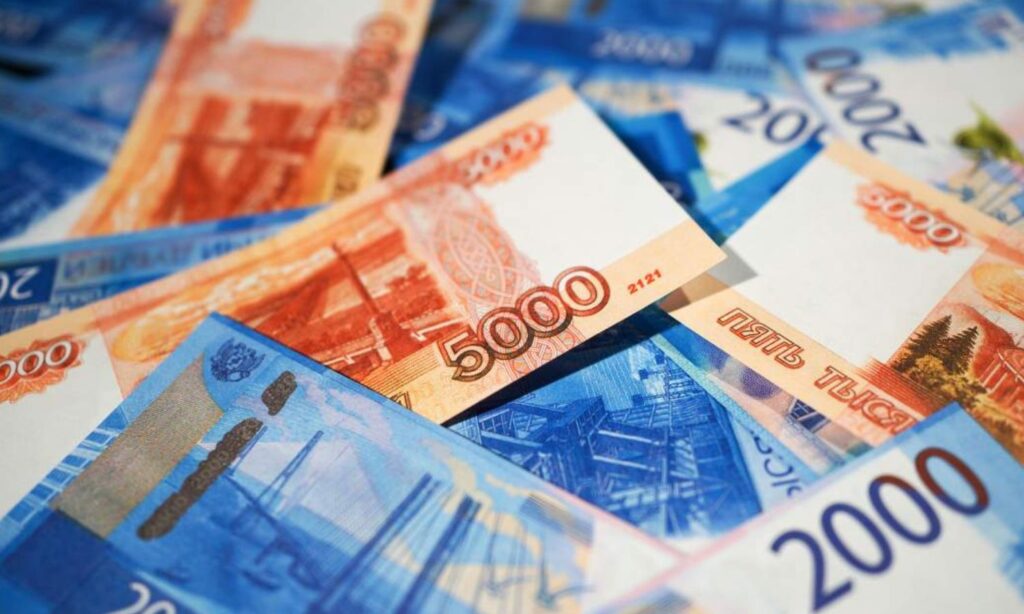The Russian Izvestia newspaper reported that the Syrian government is holding discussions with Russia to use local currencies (the ruble and the Syrian pound) in trade transactions between the two countries.
According to what the newspaper reported today, Monday, August 5th, from the regime’s embassy in Moscow, Russia and Syria are discussing transitioning to settlements in national currencies in bilateral trade.
There are ongoing meetings and consultations between representatives of the central banks in Syria and Russia, to explore the acceptance of national currencies in various financial and commercial transactions.
A Russian source working in the banking sector confirmed to the newspaper the existence of consultations on this matter.
Ivan Bocharov, program coordinator at the Russian International Affairs Council, said that the shift to payments in national currencies could be beneficial for both parties and would allow finding a way out of the unsecured financial infrastructure.
The newspaper mentioned that the increase in trade exchange between the two parties and the use of local currencies in the face of sanctions will increase, but they may face a number of problems.
The ruble and the Syrian pound are non-convertible currencies, which impose certain restrictions, as both parties will only be able to spend their national currencies within the framework of bilateral trade.
Previous attempts
In recent years, statements were made by regime officials about the use of local currencies in trade exchanges between the regime’s government and its allied countries, especially Iran and Russia.
However, these statements and calls were not accompanied by practical measures, despite the strong relationship between the regime and its allies and their involvement in various Syrian investment sectors.
One of these statements was in June 2023, when Syrian Finance Minister Kinan Yaghi said during his participation in the Russian Petersburg Forum that there are discussions between the central banks of Syria and Russia to launch a banking system to manage bilateral trade with national currencies.
The current volume of trade exchange between Russia and Syria is $650 million annually, coinciding with an imbalance in the trade balance between the two parties, as Syria’s imports from Russia are much larger than its exports.
In contrast, Russia has moved towards using local currencies in trade exchanges with a number of countries to reduce the financial settlement risks associated with the dollar.
Russian President Vladimir Putin said earlier, “The shift to using the ruble, the currencies of friendly countries, and digital currencies is our present and future for carrying out financial settlements.”
The volume of Russian trade exchange in local currencies with Kazakhstan and Tajikistan is about 80%, with Kyrgyzstan 95%, within the Eurasian Union 90%, with China 90%, and with Iran and Vietnam has almost completely shifted, according to the newspaper.
The main Russian exports to Syria include grains, medicines, and raw materials, while Russia imports fruits, nuts, salt, sulfur, soil, stone, lime, and cement from Syria.

